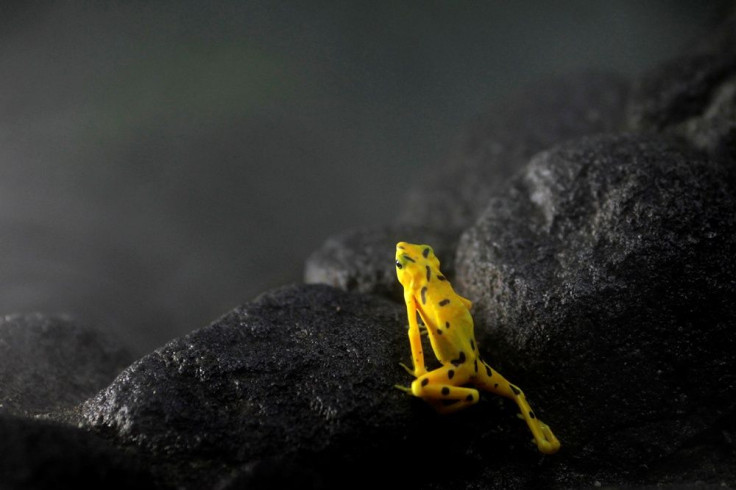Study says frogs are on the verge of mass extinction with a majority of species declining at an alarming rate

A latest study conducted by researchers at the Macquarie University suggests that frog species are facing a risk of mass extinction. The study has shown that hundreds of frog species have been lost in the last 30 years due to atmospheric pollution and habitat destruction.
The study, published in the Proceedings of the National Academy of Sciences, suggests that nearly 3.1 percent of total frog species have become extinct in last three decades. The researchers fear that if current rate of extinction continues, then another 6.9 percent of frog species could be lost within the next 100 years.
During the study, author and researcher John Alroy built a statistical model to compute extinction probabilities for frog species around the world. The statistical model was based on the sighting frequency of frogs and their last date of sighting.
Alroy found that between 1960 and 1990, 200 out of the 6,355 known species of frog had been wiped out completely.
"That's pretty bad because if you project that forward for the next couple of centuries you end up with a percentage which would resemble a mass extinction,” said Alroy, in a statement. “Everything is getting worse for frogs."
Researchers attribute a number of reasons for an accelerated rate of extinction of frog species. Some of the reasons include climate change, pollution, destruction of natural habitat, introduction of invasive species and deforestation. Researchers say that epidemic caused by pathogens such as B. Dendrobatidis also contributes to decline in the number of frog species.
Not many of the Australian frog species have become extinct in the past 30 years. However, there are around 230 species of frog that are under threat in the country.
Contact the writer at feedback@ibtimes.com.au, or let us know what you think below.





















